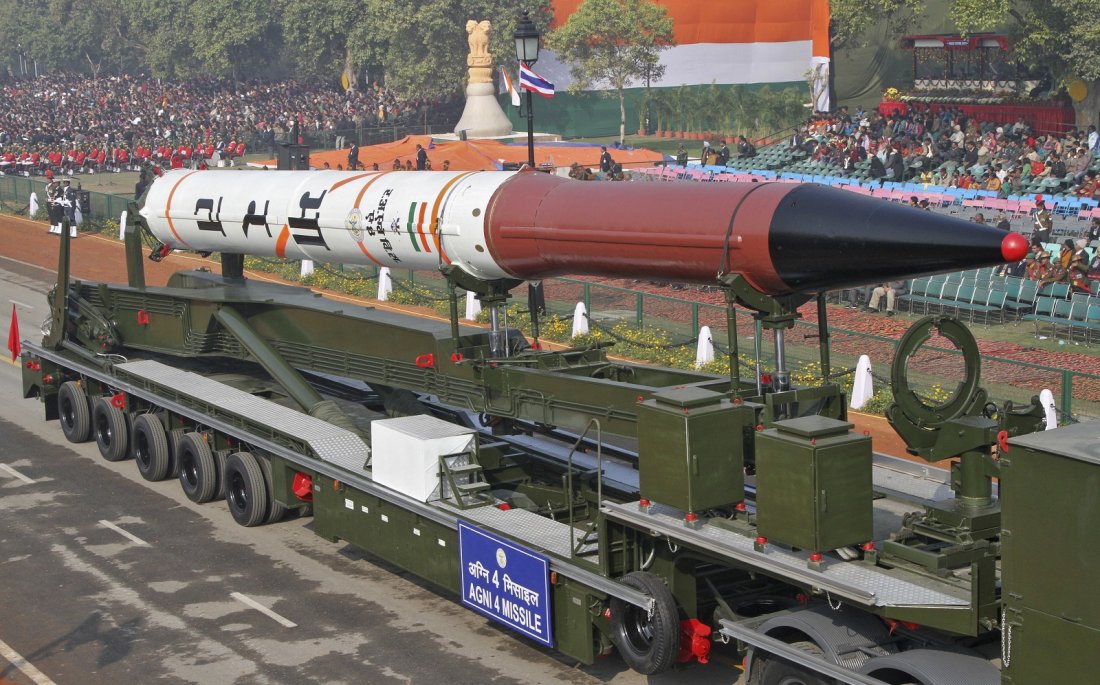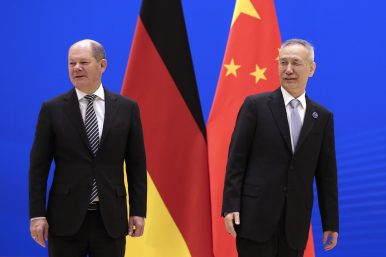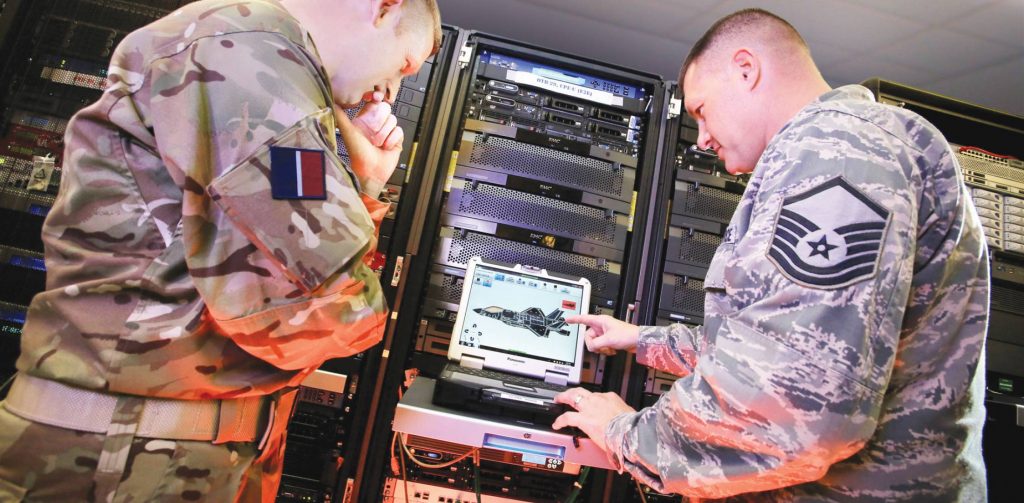by Robert Farley
 The war did not settle the fundamental issues that divided India and China, as Delhi has never agreed to the basic justice of Beijing’s position. However, it did demonstrate Chinese power and military effectiveness, which essentially closed the question of the militarized border for more than a generation. Both sides struggled with more important issues in the aftermath of the war. Within four years, Mao Zedong would embroil China in the Cultural Revolution, radically reducing the military readiness of the PLA. Relations between China and the USSR deteriorated, nearly to the point of war in 1969. India, as noted, became further embroiled in its long conflict with Pakistan, a situation that has not yet been resolved.
The war did not settle the fundamental issues that divided India and China, as Delhi has never agreed to the basic justice of Beijing’s position. However, it did demonstrate Chinese power and military effectiveness, which essentially closed the question of the militarized border for more than a generation. Both sides struggled with more important issues in the aftermath of the war. Within four years, Mao Zedong would embroil China in the Cultural Revolution, radically reducing the military readiness of the PLA. Relations between China and the USSR deteriorated, nearly to the point of war in 1969. India, as noted, became further embroiled in its long conflict with Pakistan, a situation that has not yet been resolved.
In 1962, the world’s two most populous countries went to war against one another in a pair of remote, mountainous border regions. In less than a month, China dealt India a devastating defeat, driving Indian forces back on all fronts. Along with breaking hopes of political solidarity in the developing world, the war helped structure the politics of East and Southeast Asia for generations. Even today, as Indian and Chinese forces square off on the Doklam Plateau, the legacy of the 1962 resonates in both countries.



/arc-anglerfish-arc2-prod-mco.s3.amazonaws.com/public/Q33MYHL6JVDLDGSKLQKEWLL5IA.jpg)




/arc-anglerfish-arc2-prod-mco.s3.amazonaws.com/public/R6MISBMSMNGNNOBTCDBWSCJMPI.jpg)


/arc-anglerfish-arc2-prod-mco.s3.amazonaws.com/public/MIH4CM7VEVHZBOACXZ3YRYZKAE.jpg)
/arc-anglerfish-arc2-prod-mco.s3.amazonaws.com/public/VLT72JZLOVDGFMLLYTS6QB24GI.jpg)
/arc-anglerfish-arc2-prod-mco.s3.amazonaws.com/public/PVBSGFPEURG43OMLBEF4AGLDEY.jpg)
/arc-anglerfish-arc2-prod-mco.s3.amazonaws.com/public/NLIWFNCXIJH53FMBNOAZ4MKWCY.jpg)